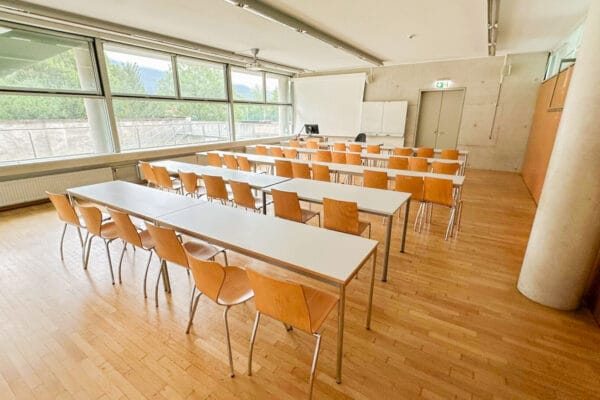
NAME:
SOWI - SR 3
BUILDING:
SOWI
FLOOR:
1
TYPE:
Seminar Room
CAPACITY:
35
ACCESS:
Only Participants
EQUIPMENT:
Beamer, PC, WLAN (Eduroam), Overhead, Flipchart, Blackboard, Handicapped Accessible, LAN
In mountainous regions, debris flows are among the most severe natural hazard processes and, as recent events have shown, they remain a major threat. Minimising the risks associated with debris flows is therefore still of great importance today. This interface between humans and natural hazard processes is not a new phenomenon. However, the way in which natural hazard processes are explained and understood, and the strategies used to protect lives, infrastructure and agricultural land from the impacts of natural hazard processes or to minimise such impacts, have changed throughout human history.
The history considered here begins with the first large-scale structural protection measures built around 150 years ago. Over time, different strategies for dealing with debris flows have evolved in response to technological developments, new transport and construction opportunities, and a growing understanding of natural hazard processes. In addition, the introduction of the first government regulations (Torrent Control Act) and the formation of new authorities responsible for torrent control were important developments in the management of debris flow events. Recent debris flow management strategies typically involve complex combinations of various debris flow mitigation measures including elements of planning, monitoring and early warning in addition to structural protection measures. The history presented concludes by answering questions about possible future trends showing an increasing importance of temporary mitigation measures, or on the current and future role of ageing structural protection measures within debris flow mitigation strategies.
Based on a literature review, key criteria for the development of natural hazard strategies (e.g., costs, maintenance of structural protection measures and technical possibilities) are identified and analysed, and the key findings are summarised in a timeline. Overall, this study provides a comprehensive overview of the changing and evolving approaches to debris flow management in European countries over the last 150 years.

We and use cookies and other tracking technologies to improve your experience on our website. We may store and/or access information on a device and process personal data, such as your IP address and browsing data, for personalised advertising and content, advertising and content measurement, audience research and services development. Additionally, we may utilize precise geolocation data and identification through device scanning.
Please note that your consent will be valid across all our subdomains. You can change or withdraw your consent at any time by clicking the “Consent Preferences” button at the bottom of your screen. We respect your choices and are committed to providing you with a transparent and secure browsing experience.